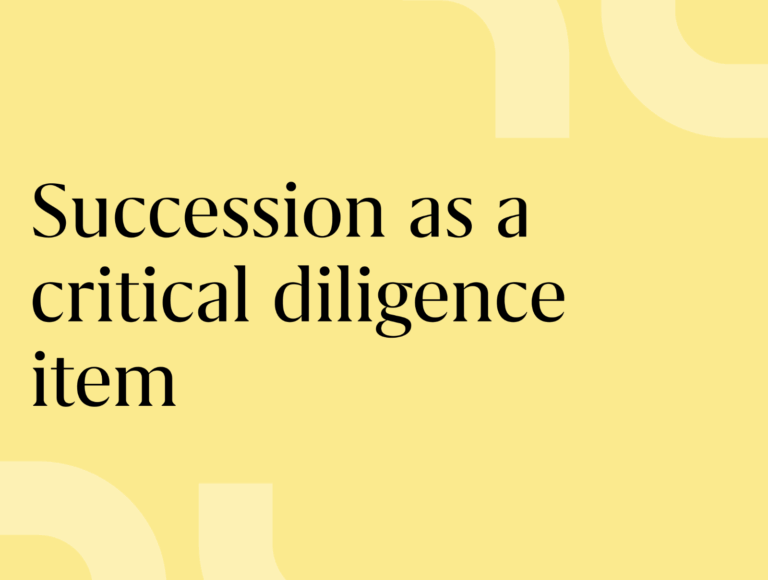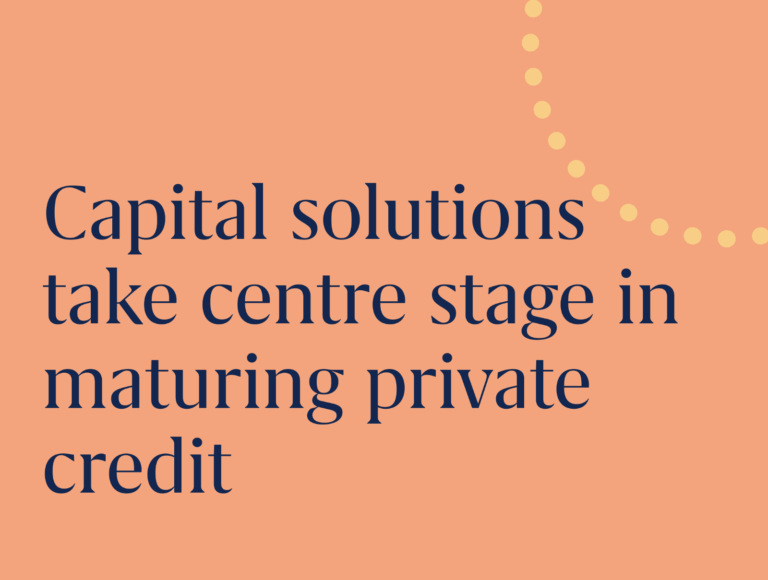by Tom Williams
If an investment recovery can be said to have happened in 2024, it will have been in European infrastructure.
Figures provided by Mergermarket for early December 2024 show that at US$104trn, total European infrastructure M&A deal value has so far achieved more than 80% of last year’s total with deals set to close in the final weeks of this year not included in these figures. This is much stronger than the North American market which has so far made up around only 64% of its previous year’s value while Asia has managed just under 60%.
“From the fourth quarter of last year things picked up pretty strongly,” says one senior infrastructure investment manager. “Momentum is pretty strong. The asset class has proven itself during a period of high interest rates and there is a backlog similar to that of other sectors taking its time to work through.”
Four out of the world’s ten largest infrastructure M&A deals so far have been European deals, the two largest also being European: Kohlberg Kravis Roberts & Co. (KKR)’s US$23.6bn acquisition in July of Telecom Italia’s fixed network infrastructure and wholesale activities; and Apollo Global Management’s US$11.3bn acquisition in June of 39% of Intel’s Fab 34 semiconductor plant in Ireland.
Transport turnaround
But while telecoms and the ongoing digital transition continue to attract big ticket investors, the arguably more interesting story of 2024 has actually been in a more traditional sector.
Vinci Airports’s US$4.7bn acquisition in June of a 20% stake in the concession for Budapest Airport in Hungary from AviAlliance and Caisse de Depot et placement de Quebec (CDPQ) was large enough to be one of the ten largest global infrastructure deals to close this year.
But the UK had a particularly busy summer for airport deals with French investor Vinci Airports, which already owns London-Gatwick and Belfast International Airports, quickly closing its acquisition of over half of Edinburgh Airport for £1.27bn (US$1.6bn) and, in what is likely to be the year’s biggest transport deal, Ferrovial agreeing to relinquish London’s Heathrow after 18 years of ownership to private equity group Ardian and Saudi Arabia’s sovereign wealth fund for £3.3bn (US$1.6bn).
Separately, Ferrovial and its co shareholder Macquarie have also agreed to sell their 50% stakes in the company which runs Aberdeen, Glasgow and Southampton airports to AviAlliance for £900m.
The adviser says these deals have been driven by the recovery of passenger traffic to pre-COVID-19 levels, which had cast a long shadow over the transport sector. “People don’t want to sell [these] assets where volumes were in the last three years,” the adviser said.
As with other sectors, post pandemic market turbulence has knocked a few points off infrastructure asset multiples with the adviser estimating that airports which had previously been at over 20-times EBITDA have now priced from the mid-teens.
But the gathering confidence in the recovery of economic activity is likely to have a similarly catalyzing effect for other transport-related areas like logistics and container shipping.
Energy enthusiasm
If the perception of a macroeconomic upswing is driving transactions in the transport sector, the power and energy sector has continued its energy transition push apparently undaunted by political developments.
In February, Stellantis, Mercedes-Benz and Saft (TotalEnergies)-backed Automotive Cells Company (ACC) closed one of the year’s biggest greenfield deals, raising €4.4bn (US$4.7bn) in debt funding to build three gigafactories in Germany and France to provide batteries for the automotive companies transition to electrical vehicles.
In May Statkraft added a portfolio of 1.5 GW of wind and solar power projects after acquiring Enerfin, the renewables subsidiary of Spanish company Elecnor, for €1.8bn.
Meanwhile US-based Energy Capital Partners’ €7.25bn acquisition of UK renewable energy firm Atlantica Sustainable Infrastructure is expected to close in the first quarter of 2025 while Canadian investor Brookfield Asset Management and co-investor Temasek are to launch a tender offer for a majority stake in French renewable power developer and producer Neoen SA.
One LP adviser worries that renewables in particular, driven by ESG polices on capital deployment “have become too expensive” and suggests that a market recognition of this and a disappointing lack of commitment to tackling climate goals at the recent COP 29 meeting could see investors and financiers ease down their exposure to the sector (though not abandon this part of the asset class altogether).
But an energy infrastructure veteran takes a different view arguing that the sheer weight of capital ready to be deployed toward tackling the energy transition challenge has made for a “buoyant market that’s actually having a lot of different new activity”. The scale of that challenge though, this person says, does mean that the nature of investment in that market is changing.
“The market is having to be a hell of a lot more innovative in order to take on different types of risk that these projects present and the debt is having to span across the investment space at an earlier stage,” the energy infrastructure investment adviser says.
“There is a lot less focus on contracted revenues. People have to take on a lot more risk. I don’t think people are looking at becoming less exposed. I think people are becoming exposed in a more complex and riskier manner. And obviously to the extent that something goes wrong on one of those transactions, institutions are going to start to be a lot more careful with where they lend…project finance is pretty much investment grade, it pretty much sits at the BBB point because it’s so heavily structured. But there’s a lot more projects on the equity side that don’t have offtake arrangements.”
The debt dampener
The more pessimistic worry that some of the financing exposure being built up across the infrastructure sector, and in particular through refinancings that have taken place over the last year and preceding years, is symptomatic of a misunderstood sector that could be storing up problems for the future.
“There’s certainly some significantly increased risk being taken in infrastructure versus the long-term average,” says one infrastructure debt investor. “There’s been an uptick in refinancing activity where there were businesses previously at seven turns of leverage three years ago getting refinanced at eight or refinanced at nine. Deal flow has been suppressed in the last 12 months so people want to put money to work”.
But the investor admits this is not a widespread or popular view in the infrastructure investing market, where others see every sign of the popularity of the sector gathering space.
In the short to medium term at least, European infrastructure seems set to continue its recovery.
Stay in touch with all of our latest updates and articles. Sign up now.



